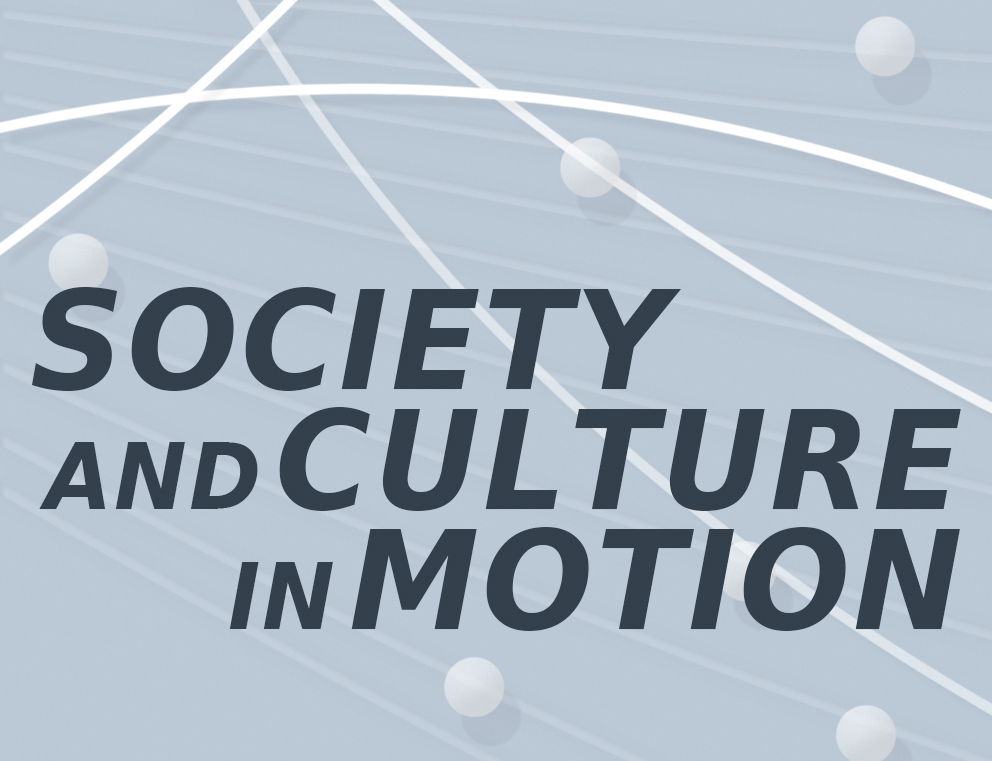Michael Kohs

Ph. D. Student (Scholarship holder 10/2012 - 06/2015)
1st Supervisor: Prof. Dr. Giuseppe Veltri
2nd Supervisor: Dr. Astrid Meier
Mentor: Dr. Daniele Cantini
overview
The Typology of text types of Jewish magic of the Cairoan Genizaa as an expression of religious, cultural and supra-epochal relations of magic as a social system
In Judaism, magic was not only subject of halakhic discussions, but undoubtedly was (and is) practiced in fact. By now, the phenomenon of Jewish magic is quite well researched and the academic study on it made large efforts in the past decades. Since the 1980s, several edition-projects were dedicated to the medieval Hebrew-Aramaic magical texts discovered in the Cairo Geniza–a kind of in between of a »Synagoge archive« and a boxroom–at the end of the 19th century, having been ignored by scholars until the second half of the 20th century. To be singled out are the Magische Texte aus der Kairoer Geniza edited by Peter Schäfer and Shaul Shaked, offering a large corpus of edited, translated and commented magical fragments from the Cairo Geniza.
Constitutive of all texts–and for Textsorten (text types) as their first abstraction–is their integration into a Kommunikationsbereich (communication area). In text linguistics, Kommunikations- or Handlungsbereiche are taken as social fields with specific acting and evaluation norms, which constitute the context for the usage of a certain text or text type. It seems obvious to me, to apply the term Kommunikations- or Handlungsbereich–being defined as »social field with specific acting and evaluation norms«–to the phenomenon of magic. Therefore, I assume that magical texts belong to a Kommunikationsbereich »magic«. The text types belonging to the Kommunikationsbereich magic assume specific functions in this field, and thus contribute to the organization and constituation of the system of »magic«. In this sense, the adjective magic in relation to texts and text types should be understood as »belonging to the Kommunikationsbereich of magic« and by no means as »having magical effects or magical properties«. In addition, I assume that in the focal point of the Kommunikations- or Handlungsbereich Magic the concept of the so called magical act or magical performance is situated. Thus, texts and text types of the Kommunikationsbereich of magic are specifically related to the magical act, regardless of whether as a mere ideational concept or as an actually performed act. Kommunikationsbereiche find their correlates in and are linguistic reflexes of what in culture theoretical models is called social field or social system. Hence, I would like to argue to understand the Kommunikationsbereich of magic or, respectively, magic in its entirety as a social system of »magic« and to describe it accordingly. Magic, i.e. practices belonging to the social field of magic, were (and are) used to organize and structure both private and public life. This covers solving problems, such as protection against diseases, supernatural powers or business rivals, as well as causing positive things, e.g. to induce love with a love charm or to cause a rich harvest. The organization and passing on of magical knowledge is part of the system of magic, too. Since magical world views were ubiquitous in pre-modern societies, in almost all these societies the existence of a social system–respectively a Kommunikationsbereich–of magic can be assumed.
In the system of magic, as is the case in other systems of knowledge, local and temporal movements of ideas, concepts, and material artifacts like manuscripts, amulets or magic bowls are to be found. For instance, the late antique Jewish magic was under strong influence of the Greek-Hellenistic Kulturkreis, which becomes evident in the striking parallels between Greek magical papyri and magical texts from the Cairo Geniza. In addition, also Egyptian, Babylonian and Christian-Byzantine influences shaped Jewish magic of that time. Vice versa, »typical Jewish« elements were used in non-Jewish magical texts. Synchronically, the medieval magical Geniza texts reveal the strong linkage and interweaving between the Jewish and the Islamic societies in the field of magic. In the first place, this is illustrated by the fact, that vast numbers of Judeo-Arabic and Arabic magical fragments have been found in the Cairo Geniza, which prove, that a fruitful exchange and influence between Jews and Muslims was not only the case in the fields of science and medicine, but also in folk-religion and magic. Gideon Bohak has pointed out, that »strange« and »alien« textual material, which reflects languages, writing systems and names that have been extinct for a long time, persists tenaciously in magical textual traditions: »The neighbor’s magic is always stronger, and the older a spell the better it must be [...]«.
The objectives of my project are:
- a text-linguistical analysis and description of the topology of texts types of the so far edited Hebrew-Aramaic Jewish magical texts from the Cairo Geniza employing a communication-oriented text model
and
- an analysis and description of the social system of Jewish magic in medieval Egypt, as it is reflected by the texts. The examination of this system in respect to diachronic and synchronic intercultural and interreligious dependencies, transfers and traditions of ideas, concepts and artifacts concerning magic, especially in respect to Islamic and Greek-Hellenistic magic. In the course of this, the text-linguistical model is to be related to a cultural- or social-theoretical model.
Curriculum Vitae
seit 10/2012
Stipendiat an der Graduiertenschule "Gesellschaft und Kultur in Bewegung"
der Martin-Luther-Universität Halle Wittenberg
2012
Magister Artium in Judaistik und Linguistik an der Freien Universität Berlin





